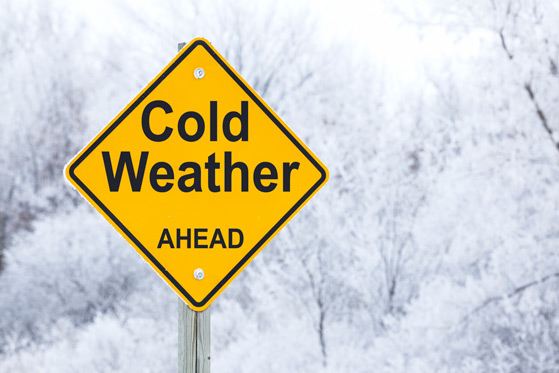If you haven’t already prepared your compressed air system for the cold weather ahead, now is the time to get started. Don’t put off necessary maintenance and weatherization strategies or you may be looking at rusted machinery, malfunctioning equipment and decreased energy efficiency when spring finally rolls around.
Follow these quick tips to increase your compressor room’s energy efficiency throughout the winter months.
- Address maintenance issues.
- Inspect system drains for obstructions and inefficiencies. Don’t forget to check the drains in the air treatment equipment, including the system’s air dryers, receivers and filters.
- Identify and fix air leaks. Even the smallest compressed air system leak can be a big drain on resources; identify and fix leaks now to increase your system’s long-term efficiency.
- Check for clogged filters. If compressed air is not filtered properly, or if the filter is clogged, pressure drops occur more frequently and product contamination risk increases.
PRO TIP: If you aren’t already monitoring your compressed air system on a regular basis, you might be missing the signs that could indicate a potential problem. Advanced data monitoring, or remote monitoring, of equipment is one of the most effective strategies to improve compressed air system efficiency and avoid costly downtime.
- Weatherize your compressed air installation and your facility.
- Check weather stripping and replace areas that are worn out and no longer working properly. Also be sure to check the insulation to make sure heat is staying inside.
- Check drains and air intake openings to make sure there is adequate protection from increased rain or snow.
- Mark your calendar to perform biannual weatherization in late fall and late spring so you don’t forget to prepare your compressed air system for the high highs and low lows of summer and winter.
PRO TIP: If weatherizing your compressed air system feels too daunting, invest in an ongoing maintenance plan from your compressed air provider. Well-maintained plants are often the most energy efficient and suffer from less downtime than plants that don’t make maintenance a top priority.
- Invest in a heat recovery system.
- Did you know, in optimal conditions, as much as 90 percent of the heat produced by compressing air can be recovered?
- A heat recovery system can offset the cost of producing hot water for washrooms and equipment cleaning, or the costs of directing warm air into a workspace, warehouse, loading dock or entryway.
- Look for rebates from local utility providers to help offset the cost of investment in new, more efficient equipment with heat recovery capabilities. Often utility providers will analyze a proposal and may offer incentives to purchase new capital equipment that will result in energy savings.
PRO TIP: Check out our article on How to Save $4.5 Million in Energy Costs over 10 Years to learn more about lifecycle cost and how energy recovery can help increase your energy savings dramatically over the lifetime of your compressed air equipment.
What steps do you take to prepare your compressed air system for winter? Contact us or leave a comment below. You may also be interested in the following posts:
- Rick Dore to Sign Autographs at Atlas Copco SEMA 2015 Booth #10209
- Bigger Doesn’t Always Mean More Powerful
- Replacing Surface Aerators with Turbo Blowers for Energy Savings
Source: Compressed Air Blog


